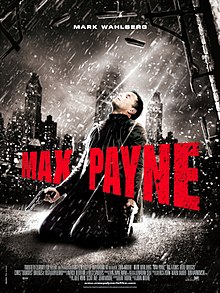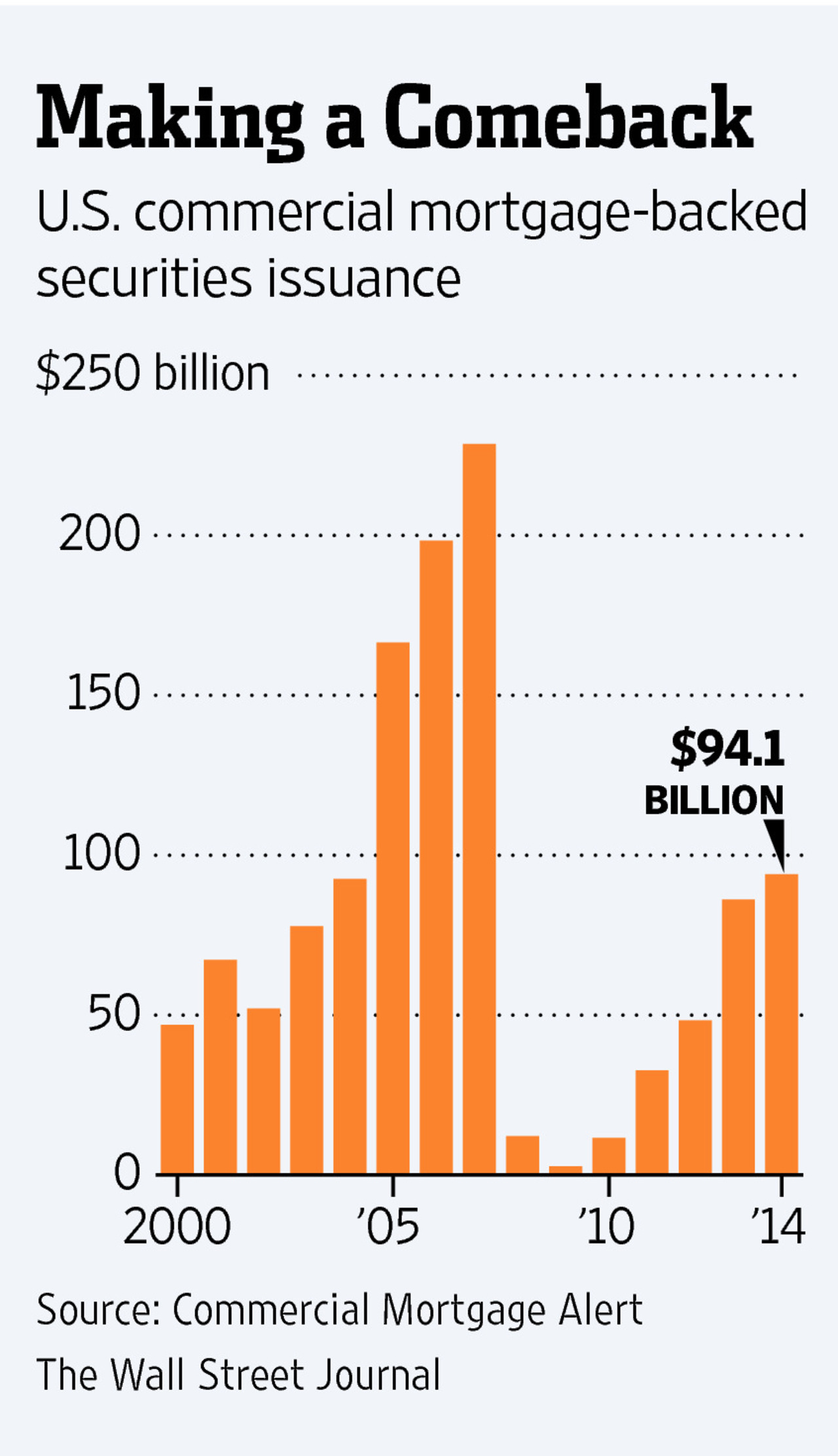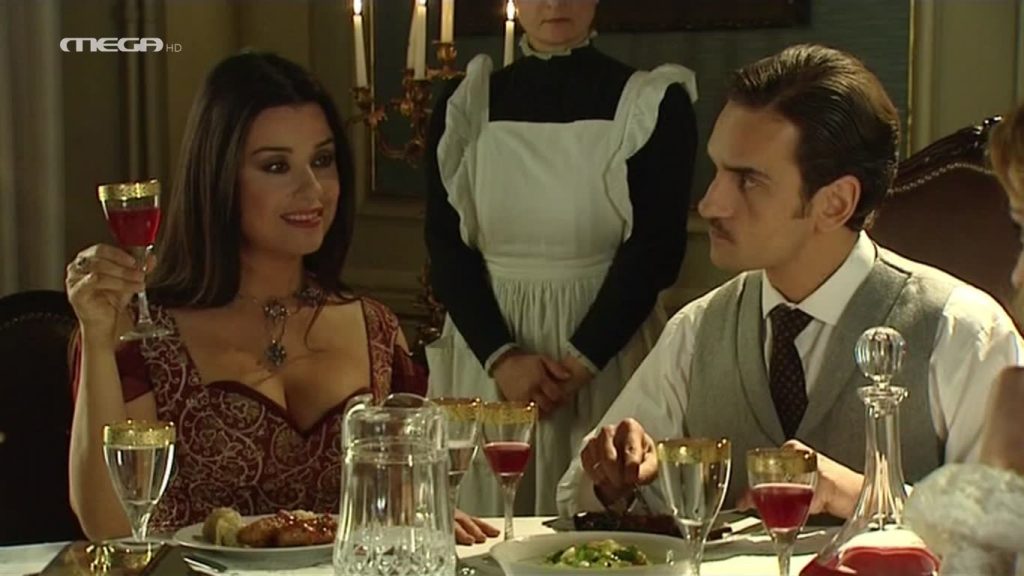The Max Payne Film Adaptations: Successes And Shortcomings

Table of Contents
The Source Material: Capturing the Gritty Noir Atmosphere of Max Payne
The Max Payne video games are renowned for their distinctive visual style and narrative structure. The games expertly blend a gritty, realistic depiction of urban decay with stylized slow-motion sequences and a neo-noir aesthetic. Translating this unique atmosphere to film presented a significant challenge.
The 2008 Max Payne film attempted to replicate the game's visual style, employing dark, desaturated colors and a pervasive sense of gloom. However, the film's execution fell short in several key areas. While the film incorporated bullet-time effects, their overuse and sometimes jarring implementation detracted from their impact compared to their controlled and stylistic use in the games.
- Comparison of visual fidelity: The game's distinct cel-shaded visuals were impossible to directly replicate, and the film opted for a grittier, realistic approach. While this had its merits, it ultimately lacked the distinctive style of the source material.
- Slow motion effectiveness: The game uses slow motion strategically, emphasizing action and showcasing the protagonist's abilities. In the film, its use felt excessive, at times disrupting the narrative flow instead of enhancing it.
- Noir influences: The games' heavy neo-noir influences, evident in the narrative structure, character archetypes, and visual design, were only partially represented in the film adaptation, resulting in a somewhat diluted atmosphere.
Plot and Character Adaptation: Faithful Recreation or Creative License?
The film's plot diverges significantly from the games' storylines. While it retains the core premise of Max Payne seeking revenge for his family's murder, many key plot points are altered, simplified, or omitted entirely. This creative license, while allowing for a more streamlined narrative, ultimately sacrifices the depth and complexity of the game's narrative.
The portrayal of Max Payne himself also differs significantly. The game's Max is a brooding, tormented anti-hero, haunted by his past and driven by a relentless pursuit of justice. The film adaptation, while attempting to capture his internal struggles, often portrays him in a more straightforward, less nuanced manner.
- Key plot point handling: The Valkyr and its connection to the main plot is simplified considerably, reducing the narrative's intricacy. The drug "Valkyr" plays a central role in the games, but its impact and importance is considerably minimized in the movie.
- Max Payne's character arc: The game's Max experiences a more profound and complex emotional arc as he delves deeper into the investigation and confronts his own demons. This depth is largely missing in the film's portrayal.
- Other character adaptations: Supporting characters, like Michelle, are significantly altered, losing their depth and impact from the games.
Casting and Performances: Hitting the Mark or Missing the Target?
Mark Wahlberg's casting as Max Payne generated mixed reactions. While he embodies the character's physicality, many felt he lacked the emotional depth and weariness necessary to portray Max convincingly. His performance, while competent, failed to capture the tormented essence of the game's protagonist.
The supporting cast delivered varying performances. Some actors successfully inhabited their roles, contributing to certain scenes' effectiveness, while others failed to leave a lasting impression, further detracting from the overall impact of the film.
- Mark Wahlberg's performance: Wahlberg's performance is arguably the most debated aspect of the film. While his physical presence fits the role, some argue he lacked the necessary emotional range.
- Supporting cast analysis: Milla Jovovich's performance as Mona Sax, for instance, is generally considered more effective than others. The supporting cast generally didn't leave as much of an impact as those in the game.
- Actor vs. game character comparison: The actors largely failed to capture the nuanced personalities and backstories of their video game counterparts.
Box Office Performance and Critical Reception: Commercial and Artistic Success or Failure?
The Max Payne film adaptation was a commercial disappointment, failing to recoup its production budget and generating meager box office returns. Critical reception was equally unfavorable, with critics largely citing a weak plot, uninspired direction, and a failure to capture the essence of the games.
- Box office numbers: The film's underperformance highlights the difficulty in translating the specific stylistic elements of the games to a mainstream audience.
- Critical reviews: Reviews criticized the lack of depth in the plot, the inconsistent tone, and the overly reliant use of the bullet-time effect, all of which detracted from the overall quality.
- Audience reception vs. critics: Audience reception was similarly negative, with many expressing disappointment at the film's deviations from the source material and its failure to deliver a satisfying cinematic experience.
Conclusion: Assessing the Legacy of the Max Payne Film Adaptations
The Max Payne film adaptations represent a cautionary tale in the world of video game adaptations. While the film attempted to capture the visual style and atmosphere of the games, its significant deviations from the plot, shallow characterizations, and ultimately underwhelming execution resulted in a critically panned and commercially unsuccessful endeavor. The film ultimately failed to capture the essence of what made the Max Payne games so compelling. It serves as a stark reminder of the challenges involved in translating a unique gaming experience to the big screen.
What are your thoughts on the Max Payne film adaptations? Discuss the successes and failures of these Max Payne movies and let's continue the conversation about Max Payne film adaptations in the comments below.

Featured Posts
-
 Yellowstones End The Spin Offs Prove Its Continued Success
May 27, 2025
Yellowstones End The Spin Offs Prove Its Continued Success
May 27, 2025 -
 Demna At Gucci A 3 Billion Question For Kerings Future
May 27, 2025
Demna At Gucci A 3 Billion Question For Kerings Future
May 27, 2025 -
 The Carrie Underwood Taylor Swift Rivalry An Alleged Act Of Spite
May 27, 2025
The Carrie Underwood Taylor Swift Rivalry An Alleged Act Of Spite
May 27, 2025 -
 11 Krayin Stvoryuyut Koalitsiyu Reb Dlya Ukrayini Detali
May 27, 2025
11 Krayin Stvoryuyut Koalitsiyu Reb Dlya Ukrayini Detali
May 27, 2025 -
 Prodolzhenie Sotrudnichestva Germaniya I Ukraina Pvo Reb I Sistemy Svyazi
May 27, 2025
Prodolzhenie Sotrudnichestva Germaniya I Ukraina Pvo Reb I Sistemy Svyazi
May 27, 2025
Latest Posts
-
 Tileoptiko Programma Savvatoy 15 Martioy Ti Na Deite
May 30, 2025
Tileoptiko Programma Savvatoy 15 Martioy Ti Na Deite
May 30, 2025 -
 Programma Tileorasis Kyriaki 16 Martioy 2024
May 30, 2025
Programma Tileorasis Kyriaki 16 Martioy 2024
May 30, 2025 -
 Nissans Electric Plans Could The Primera Make A Comeback
May 30, 2025
Nissans Electric Plans Could The Primera Make A Comeback
May 30, 2025 -
 Ta Kalytera Programmata Tis Kyriakis 16 Martioy
May 30, 2025
Ta Kalytera Programmata Tis Kyriakis 16 Martioy
May 30, 2025 -
 The Return Of The Nissan Primera An Electric Future
May 30, 2025
The Return Of The Nissan Primera An Electric Future
May 30, 2025
